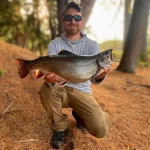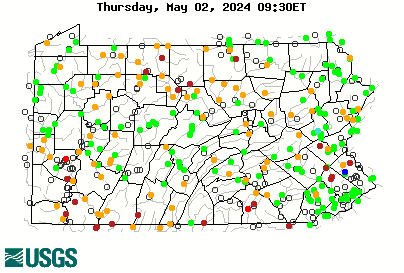Thanks for the info!
I'm more knowledgeable about small streams than ponds, but, as an example, I would suggest taking a look at this DEC map and identifying wild trout waters:
The Trout Stream Fishing Map is made of several layers on DECinfo Locator, an interactive map that lets you access DEC documents and public data.

dec.ny.gov
You'll see that there's something crazy like 10 or maybe 15 wild trout designated streams in the state. I can tell you with 100% confidence that there are more than 10 wild brook trout (and a handful of wild brown) streams within an hour of my house that are not on this list. Having talked to the designer of the map, the reasons for this vary from fish density to % of public access. Essentially, though, they are not actively tracking or publicizing wild brook trout streams. I cannot imagine the approach to wild pond information is radically different.
All of this is to say that (1) NYS sucks at providing info and (2) that you will likely be pleasantly surprised if you let finding cold water guide your trip rather than DEC info. A lot of my fishing happens, by design, at places that the DEC doesn't publish info on. However, I also catch lots of tiny trouts.

 www.outdoorlife.com
www.outdoorlife.com





